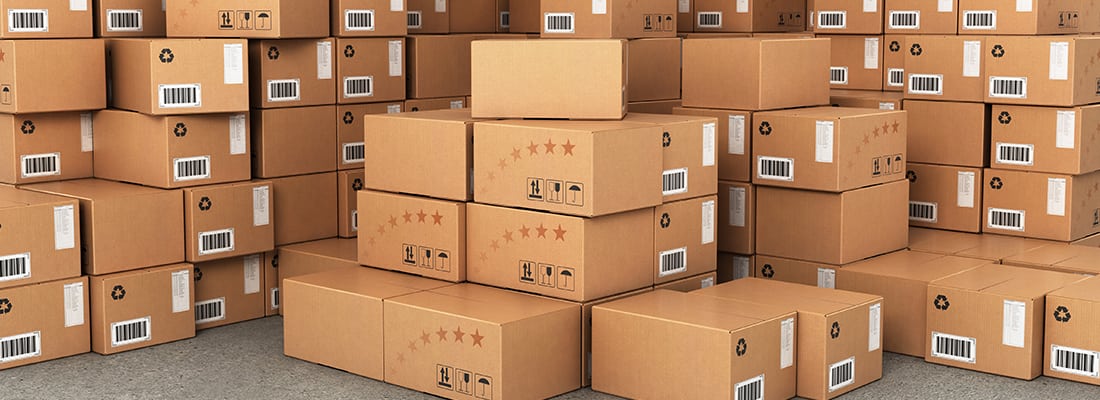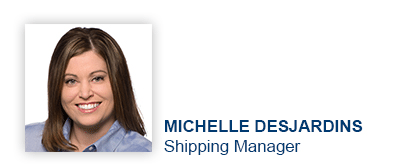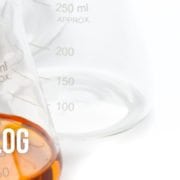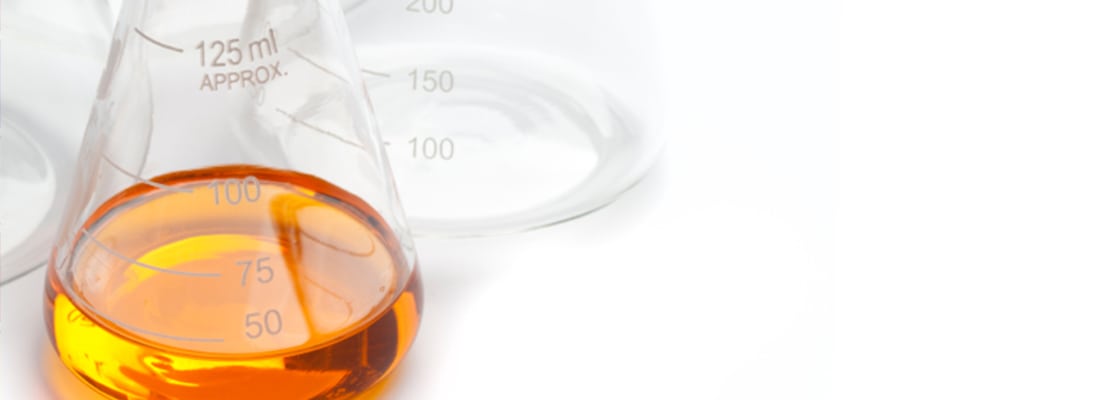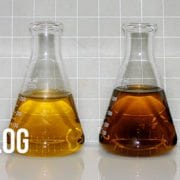Unexpected maintenance slowing you down?
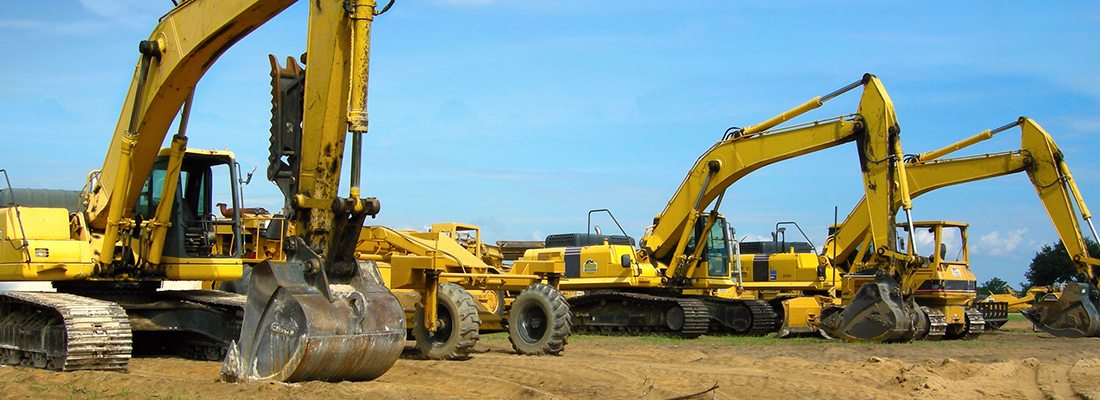
Unexpected maintenance seems to always happen at the worst possible time. Whether you have a tight deadline to make or a limited budget, performing unexpected maintenance is never fun. At POLARIS Laboratories® we like to encourage our customers to make the switch from ‘reactive’ maintenance to ‘preventive’ maintenance in order to prepare for these unwanted surprises.
Relying on reactive maintenance does little to save you money or time. While responding in real time may seem like the easiest route, it too often results in extended downtime and unforeseen (not to mention expensive) maintenance costs.
Many of the issues causing downtime can silently build up in your machine over an extended period of time. Instead of waiting for the worst to happen, you can utilize the information obtained through oil analysis to spot an abnormality in your machine or vehicle. This allows you to plan a machine’s upkeep and maintenance schedule on your own terms.
While making the switch may seem difficult, this change is actually easy to implement and has the capacity to completely transform your maintenance system. You would be surprised at the impact focusing on preventive maintenance can have on both your program’s reliability and the mindset of your maintenance team.
Preventive maintenance allows you to take control of your maintenance practices, saving you time and money. If you’re interested in learning more about how you can improve your maintenance program, check out this case study or contact us today!

Proven Impact. Proven Uptime. Proven Savings.
Let us prove it to you.




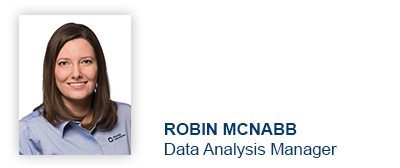
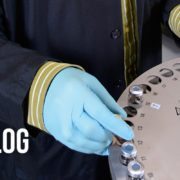
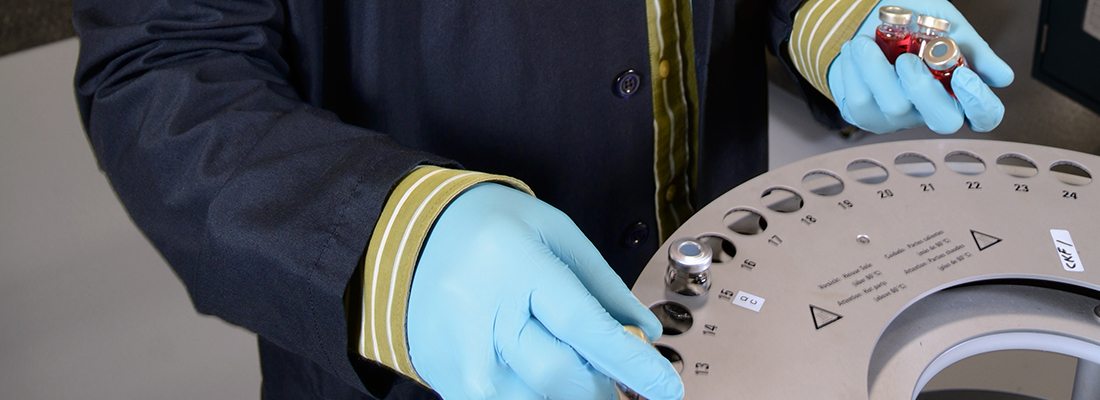
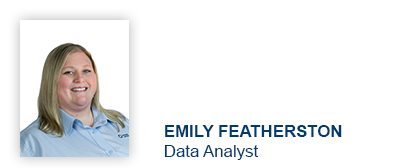
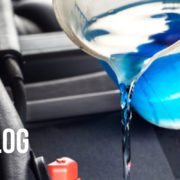
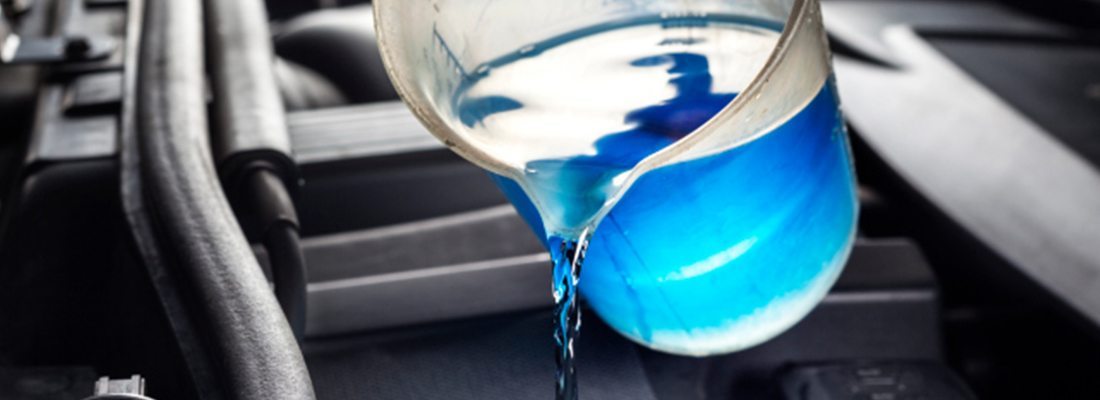
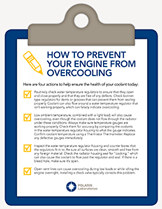 Our Data Analysis Team at POLARIS Laboratories® has
Our Data Analysis Team at POLARIS Laboratories® has 
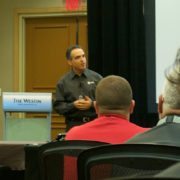
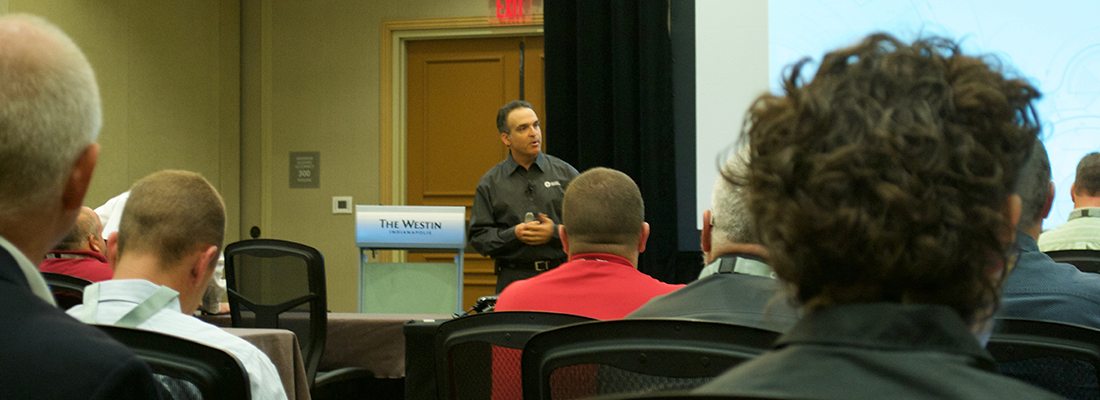
 The 2015 POLARIS Laboratories Customer Summit has an
The 2015 POLARIS Laboratories Customer Summit has an 
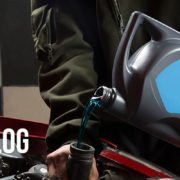
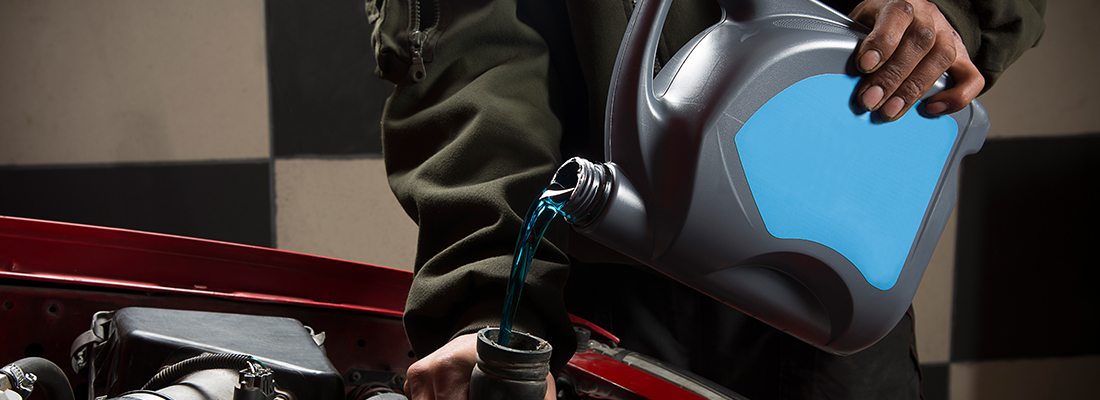
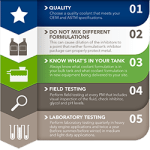 It’s easy to become overwhelmed when trying to understand the multitude of variation among formulations, but it can actually be broken down quite simply. Take a look at our
It’s easy to become overwhelmed when trying to understand the multitude of variation among formulations, but it can actually be broken down quite simply. Take a look at our 
